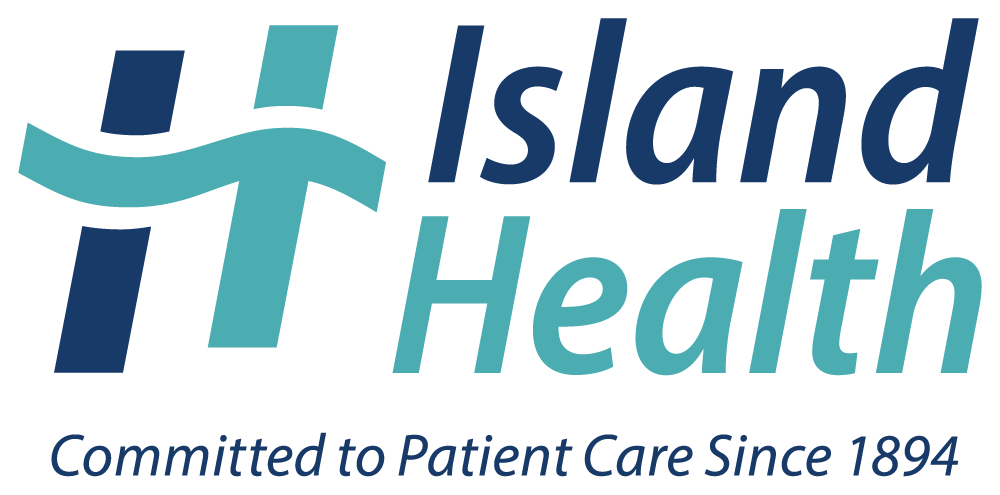Mole Mapping
What is Mole Mapping?
Mole mapping is 'head to toe' photographic surveillance to identify any pigmented moles which are new or changing - a potential symptom of skin cancer.
The Mole Mapping service is led by Dr Duncan Watt and Dr Ian Baxendale, lslandHealth's lead GPs for dermatology. Both are practice partners and General Practitioners with a Special Interest in Dermatology, with extensive qualifications and experience in this area of medicine. They are also the first GPs in the island to be trained in the use of this state-of-the-art surveillance technology.
Why have Mole Mapping?
It offers an additional safeguard against skin cancer by catching suspicious moles before they evolve into cancer (known as melanoma). It creates a permanent record of your moles, and anything new or changing can be easily identified, giving you peace of mind.
Who should consider Mole Mapping?
Anyone can have mole mapping, but in particular those with the following:
- Large number of moles (more than 50).
- Moles that are large, or have an unusual colour or shape.
- Previous history of melanoma.
- A family history of melanoma.
- Pale skin that burns easily in the sun.
- Episodes of previous severe sunburn or lots of sun exposure.
- Lots of moles on the back.
We would discourage young children having mole mapping unless specifically advised otherwise due to the very low likelihood of skin cancer and it is quite normal for moles to change during childhood.
What does it involve?
The service starts with consent and questionnaires before you have photographs taken with a highly specialised camera system. For the photographs you will only be wearing your underwear. For females, when the back is photographed, removing the bra strap is optional, but remains on for images of the front. Following the main photographs you will be shown UV scan images that will highlight where the sun's harmful rays are damaging your skin and recommendations can be made as to how to protect yourself. Finally, any moles of particular concern are photographed and scrutinised by the doctor using a dermatoscope. This is a microscope-like device which allows more detailed analysis to take place. The whole process takes about 30 minutes.
What happens when I return for another Mole Mapping session?
We would usually suggest you return every 12 to 18 months for repeat sessions. On subsequent mole mapping checks the service that you previously had is repeated. We then perform comparison analysis to look for any new or changing skin lesions. This is done with automated software utilising the most up to date artificial intelligence systems in conjunction with clinical examination and expertise.
What are the potential downsides of Mole Mapping?
Melanoma can still go undetected in areas like the scalp and genitals that are difficult or inappropriate to photograph. Also, very early melanoma can look like a normal mole, or other non-cancerous changes, making it possible to miss.
What does it cost?
Where is Mole Mapping done?
The Mole Mapping service is based at our L'Aumone Medical Centre. Unfortunately, due to the size and expense of the equipment, it is not feasible to offer it at all of our sites.
You do not need to be an IslandHealth patient to access this service.
Mole Mapping Specialists

Dr Duncan Watt
MBBS MRCGP DRCOG PGDipClinDerm LoC-SDI
Interests in dermatology, minor surgery and men’s health
Read More
Dr Ian Baxendale
MB ChB DRCOG MRCGP PgDip Derm
Interests in family medicine, dermatology, dermoscopy and palliative care
Read More



